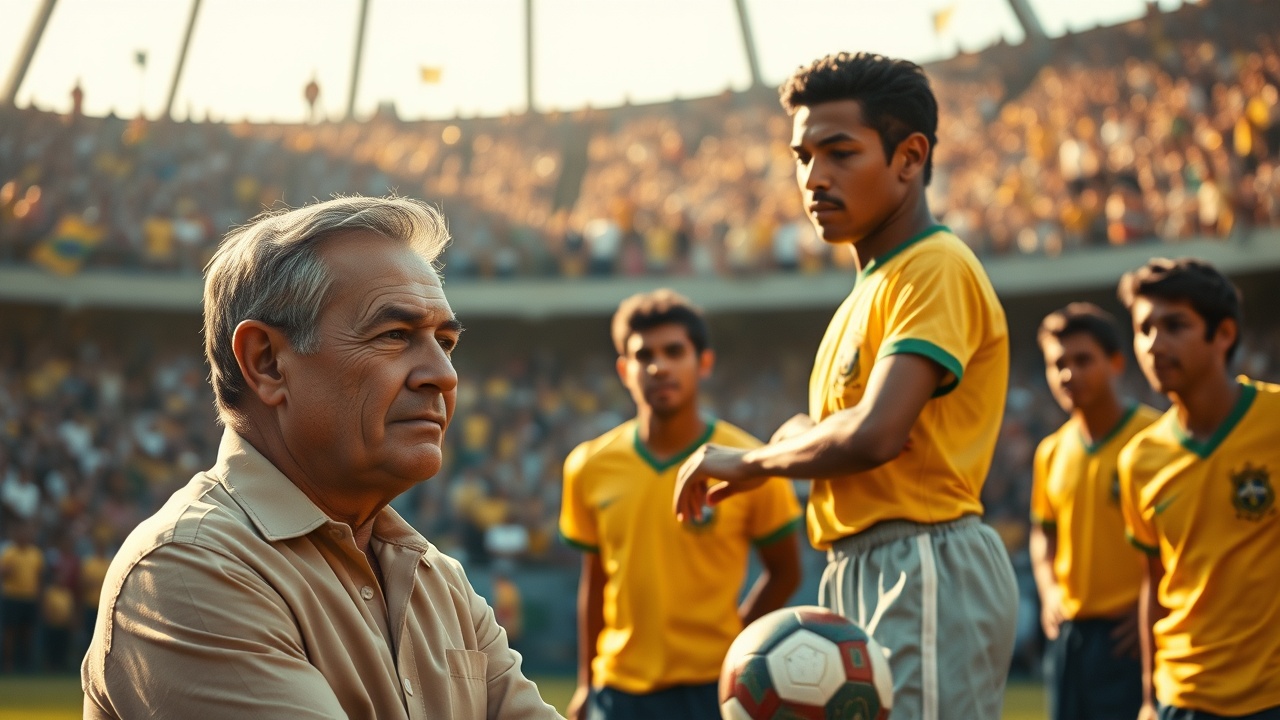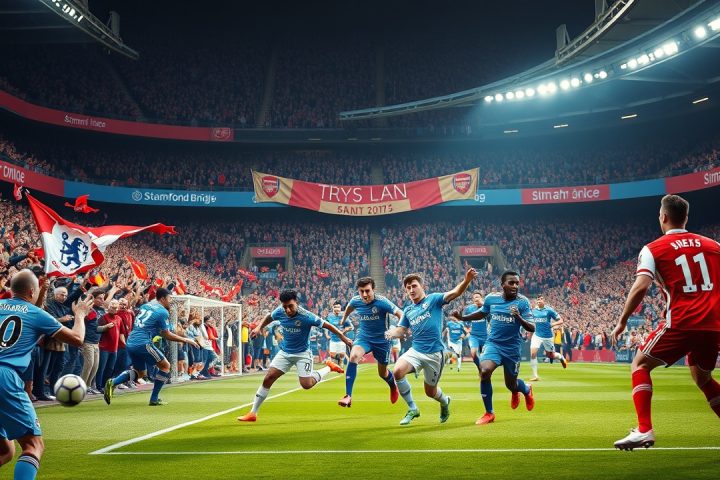Brazil’s 1958 World Cup Victory
Brazil’s 1958 World Cup victory is a remarkable tale that underscores the nation’s status as the most triumphant in the tournament’s history. Despite being favorites, there were doubts about how well the squad would adapt to the Swedish environment, especially after the 1950 debacle on home turf that many felt they should have won. Leading into the championship in Sweden, Brazil made significant preparations, focusing on a skilled support team far beyond what other countries were utilizing at the time. They even engaged in a pre-tournament tour across Europe to acclimate themselves to the climate and local conditions.
The Team and Tactical Evolution
This Brazilian team was assembled not just with exceptional players but also with a sophisticated blend of tactical organization. Mahmoud Zagallo, Garrincha, and the prodigious Pele, who dazzled observers with his potential, highlighted Brazil’s talent pool. The coaching staff, notably Vicente Feola, faced mixed perceptions—his extensive coaching background as the head of Sao Paulo stood in contrast to accusations of lacking authority and occasionally dozing off during crucial matches. Still, Feola played a pivotal role in shifting Brazil’s tactics to a groundbreaking 4-2-4 formation that optimized both defense and attack, gaining international acclaim.
The inclusion of players like Garrincha showcased Brazil’s innovative approach: while some leaders in the squad pushed for disciplined defenders, it was the flair and unpredictability of their wings that proved invaluable. Early in the tournament, Feola overlooked Garrincha, opting for a steadier, more defensive option, Joel. However, after players effectively petitioned for Garrincha’s return to the lineup, the team flourished, particularly with Pele emerging from injury to light up the field.
Pele’s Emergence
Pele, despite a slow tournament start due to injury, soon became the centerpiece of Brazil’s attacking framework. By the time the knockout stage rolled around, he had already registered several memorable performances, including a stunning hat-trick against France in the semi-final and two goals in a captivating final against Sweden. His style was inspiring, a blend of athleticism and improvisation that seemed to exist light-years ahead of his contemporaries.
The Final Showdown
The final was especially nerve-wracking for Brazil, not least because of their traumatic loss eight years earlier on home soil. Early concerns mounted when Sweden took an early lead, yet Brazil rallied brilliantly after halftime.
With contributions from Garrincha setting up goals for Vava and Pele, the scoreboard read 5-2 by match’s end. This match remains the highest-scoring final in World Cup history, illustrating the incredible attacking prowess of the Brazilians.
The Legacy of the 1958 Squad
The Brazilian squad, often lauded for their beautiful football, also executed keen tactical strategies that allowed them to outmaneuver their opponents skillfully. Following their triumph, the players even honored Sweden by parading the hosts’ flag after the match. This gesture highlighted a mutual respect that culminated from the tournament—one filled with impeccable sportsmanship.
Overall, Brazil’s journey in the 1958 World Cup was a masterclass in tactical evolution and player development, culminating in Pele’s celebrated emergence as a football icon at just 17 years old, a feat that remains unparalleled. The legacy of Brazil’s 1958 squad lingers, as they not only raised the trophy but also transformed the game’s approach to formation and team dynamics—an enduring influence on football history.




